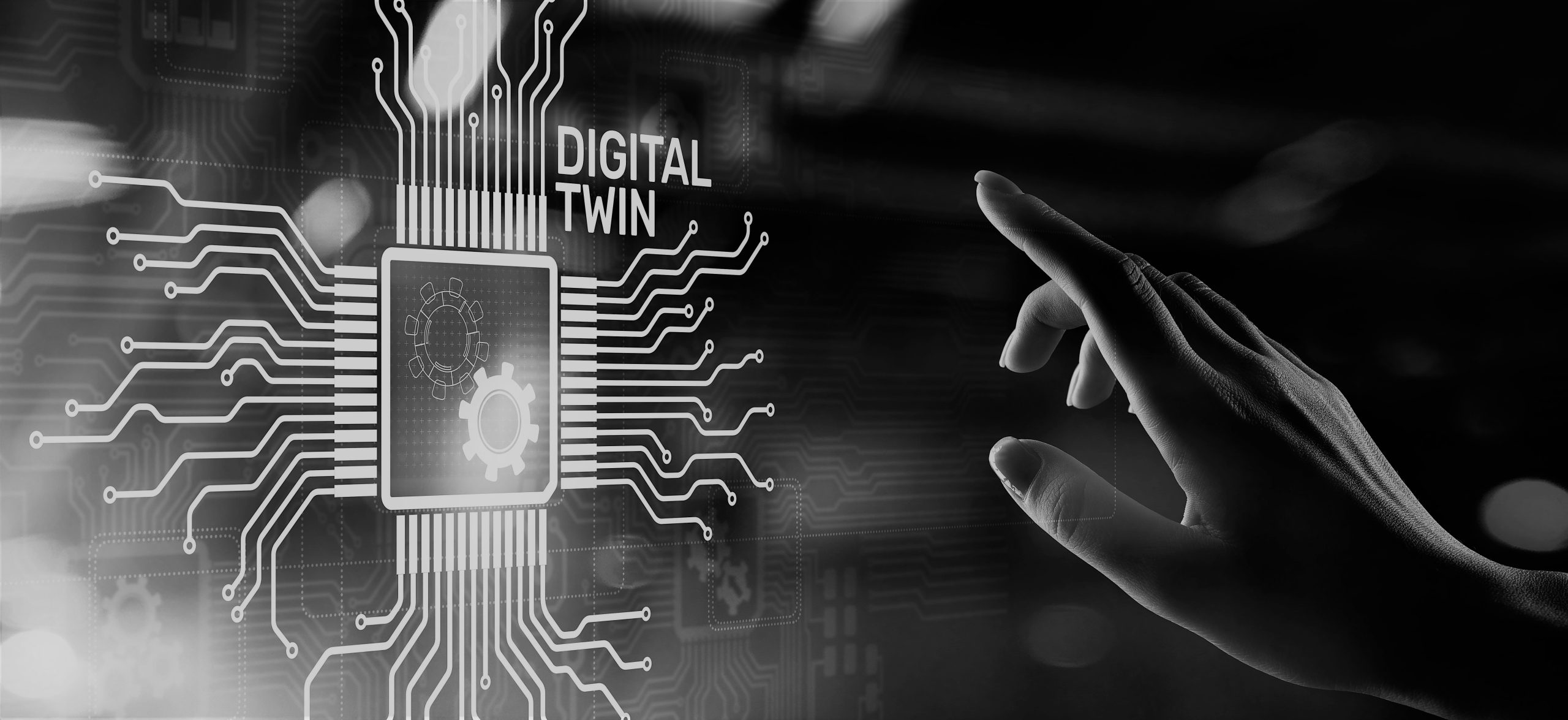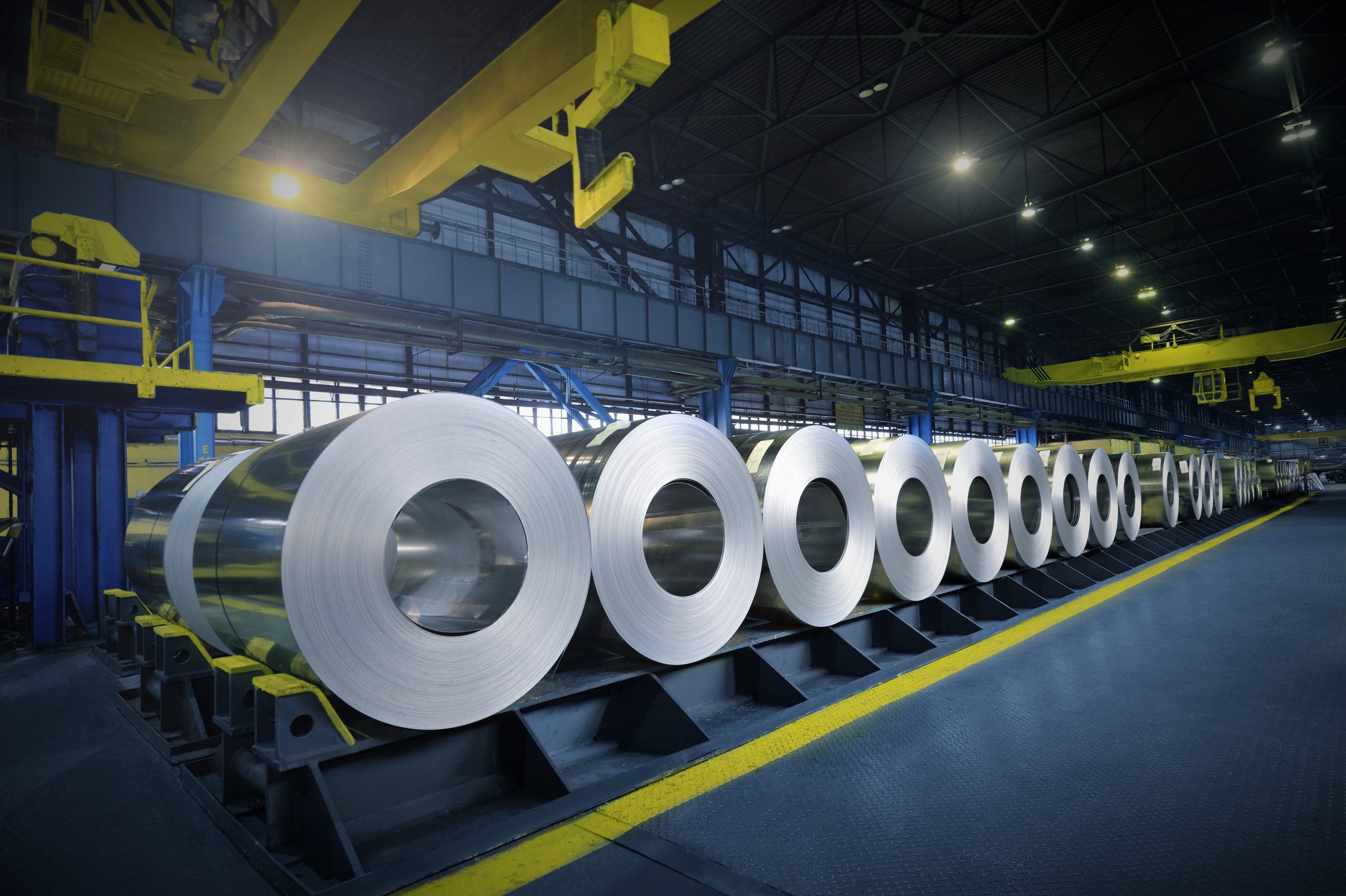Decarbonization is the process of reducing emissions of carbon dioxide (CO2) and other greenhouse gases (GHGs) during your manufacturing processes. It’s a daunting task but essential for effectively alleviating the global climate change crisis. 20% of global carbon emissions come from the manufacturing and production sectors.[1] Well-meaning organizations discuss this actively, but what credible actions will help meet net-zero ambitions?
The challenge for the manufacturing industry is to stop the rise in global temperatures and accelerate the transition to a lower-carbon future. The great decarbonization debate is not about whether the manufacturing industry should or shouldn’t do it. It is about how to prioritize and operationalize it. What technology options help with the different aspects of planning and executing a decarbonization strategy?
What IR4 Technologies Help Build a Decarbonization Playbook?
The manufacturing sector utilizes energy resources while converting raw materials into products. The greater the efficiency in energy consumption, the higher the conservation of the resources and the lower the emissions of greenhouse gases and air pollutants. Carbon efficiency will not only reduce the impact on the environment but also lowers production costs and increases productivity. Gearing for decarbonization is thus a win-win for both manufacturers and humanity at large. Technology-based plans enable organizations to determine a resilient framework for realizing decarbonization goals.
Some of the most promising IR4 technologies that can help reduce greenhouse gas emissions by improving resource efficiency, minimizing waste, and reducing emissions throughout the product life cycle are:
- Data-powered decision-making
- AI apps
- Advanced ML algorithms
- Digital Twin technology
The Intelligent Control Tower: A Data-driven Revolution!
Implementing AI/ML technologies powered by integrated data analytics can enhance the capabilities of the Control Tower. Our Digital Twin technology simulates the entire value chain in real-time, allowing 360 degrees of visibility and enabling decision-makers to plan and execute decarbonization strategies.
LIVE visualization of production data allows analysts and production planners to refer to the most precise and current manufacturing carbon footprints. Advanced predictive analytics forecast fuel consumption and facilitate a better understanding of subsequent energy losses.
With prescriptive analytics our AI apps provide actionable insights for adjusting production parameters. Accurate recommendations will help the manufacturers with procurement and to optimize consumption of low-carbon energy resources. Measuring the results against the stipulated benchmarks will help calculate the immediate benefits from fuel optimization and moving toward energy-efficient production.
A McKinsey report has suggested that 30% of total emissions could be reduced through such relatively straightforward decarbonization efforts and developing a playbook for your AI initiatives.[2]
Call-to-Action!
Bridge the gap between your business and a net-zero value chain. It is the need of the hour, especially for those in energy and resource-intensive manufacturing. Let our AI/ML and Digital Twin technologies develop an energy-efficient production ecosystem to accelerate you on the decarbonization pathway while also turning your cost curve around.
For on-demand provisioning of AI/ML environments at your production sites CONTACT US NOW!
References:
[1] World Economic Forum. (2022, March 23). Reducing the carbon footprint of the manufacturing industry through data sharing. World Economic Forum. https://www.weforum.org/impact/carbon-footprint-manufacturing-industry/
[2] Spiller, P. (2021, June 14). Making supply-chain decarbonization happen | McKinsey. Www.mckinsey.com. https://www.mckinsey.com/business-functions/operations/our-insights/making-supply-chain-decarbonization-happen

